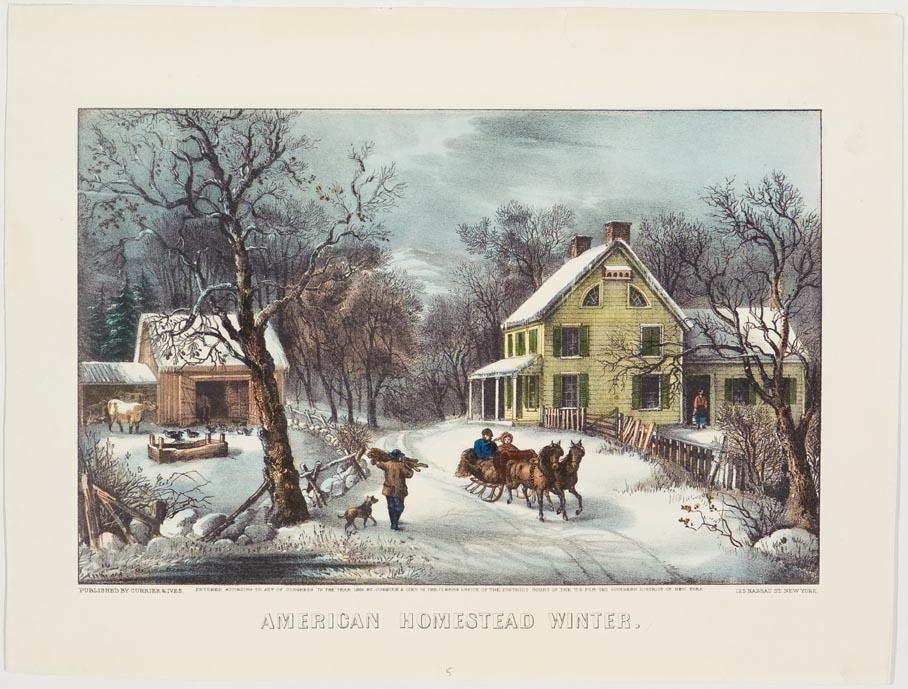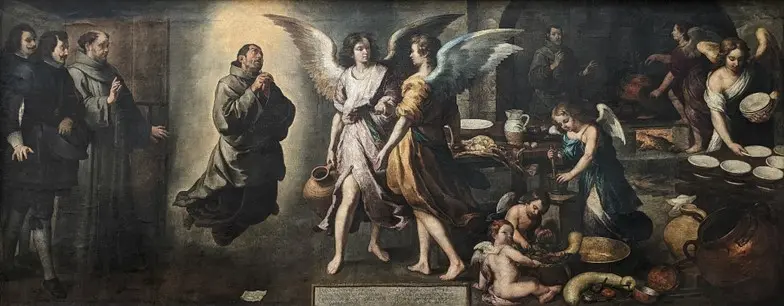GREENVILLE—Artist Maureen Thompson is in a search for the truth and she and the viewer find it in her exquisite oil paintings. Thompson’s search had led her to historical figures who spoke the truth and often paid the ultimate price.
She calls herself a classical realist, according to her website. “I love history and I want it to be more than just painting something that looks pretty,” she says.
Her painting “Truth” celebrates veracity in the use of symbol. The image of the plant is called a money tree and symbolizes honesty. The mirror alludes to spiritual reflection, looking, “being able to see clearly.”
She said a fable was told in ancient Greece about Truth as a woman trying to emerge from a well while people are trying to stuff her back down. Truth holds a mirror as she is coming out.
Thompson looked long and hard for teachers and masters to hone her painting skills. She says her teacher and friend Michael Aviano is “very giving” when providing guidance in her art.
Thompson was at first attracted to the watercolor technique of British artists working in the 1800s but she could not find teachers to train her. She then turned to oils. Unlike acrylics, she says “oil is more malleable and more giving and you can layer it.”
William Bouguereau, Solomon J. Solomon, Gerome, and Caravaggio are among the masters she admires. Solomon’s painting “Ajax and Cassandra” is her current favorite because of its technical proficiency.
Her studio suggests her determination to get the details right. The studio has high ceilings, a large window looking out on a pond, a closet holding shelves and shelves of books, a light box that occupies an entire wall, and a full-size easel.
The light box plays an important part in studies of shadow in her paintings. She uses it to manage the lighting for the final work. “It’s like staging, just like on a theater stage.”
Thompson paints on both canvas and board. She likes to work on board “because, if you make a mistake, you can just scrap it off. I’ve done that with canvas, and I put a hole through the canvas.”
Attention to detail carries through in her frames. “After going through many auctions, I realized how important it is to find a good framer. They can even bring value to the painting besides making it look nice.”
Masters
Prints of one of her favorite artists, Bouguereau, are scattered throughout her home. She says she loved the work of Bouguereau early on. She had just graduated from high school and visited the Metropolitan Museum of Art.
A journal she recently rediscovered had this comment: “Oh! I just found this wonderful artist” and it was Bouguereau. Thompson and her husband Jack took their honeymoon at the Sterling and Francine Clark Art Institute that displays Bouguereau’s “Nymphs and Saytr.”
When she started going to galleries in New York City in the seventies, she found a gallery that offered a large Bouguereau for $10,000. “I had ten thousand in the bank during college. I could buy that. I thought about it for weeks.” She waited too long and it was sold when she decided to finally buy it. Thompson estimates the painting is now worth millions.
Her painting “Homage to Da Vinci” recognizes Da Vinci’s love of flight. She researched how the renaissance artist would observe feathers drop from the sky. A symbol in the painting shows the progenitor of the helicopter which Da Vinci devised and drew in one of his many notebooks. “I love Da Vinci for the fact that he did everything just out of curiosity, even when he did his paintings.”
Biographicals
She has developed a series of paintings full of symbols that she calls biographical still lifes. The paintings are done in precise realistic detail. “It is so detailed you could reach in to it. You could touch it,” Jack said, describing one painting with an equestrian theme.
Thompson says she paints symbols in her work because she hopes the viewer will come back again and again, each time seeing something new, like reading a great work of literature. “Just like in a book, you reread: ‘Oh, I didn’t catch that the first time.’ I want some thought-provoking ideas there. It’s the best way to get more ideas into a painting by having a symbol.”
Her approach to painting biographicals follows a process. She researches her subject thoroughly, reading several books on the subject.
She buys original objects, often from sources on the Internet, to symbolize what she wants and arranges them in a still life. She bought a Greek lamp replica of ancient Greek lamps for her painting on the Constitution.
Thompson found old German books for the White Rose painting. “I wanted to see what the print was like.”
Once she gathers all the material, she works out her ideas through many preliminary studies. She then does small paintings, a study in value, another in color, then the full size work.
Thompson expresses her truth in her biographicals. She has completed works honoring the founder of modern maritime navigation, Nathaniel Bowditch, Aristotle, and WWII resistance fighter Mary Lindell, and Thompson’s husband for “his love of art; the microscope: his love of science; the magnifying glass: his fascination with perception; the oriental cloth: his love of oriental beauty; and of course the books representing his constant search for knowledge and understanding.”
Heroes
“Homage to the White Rose” recognizes the young Germans who stepped forward to resist Nazism. Her painting “captures the critical moment when the students deliberately pushed their pile of pamphlets into the student atrium of the University of Munich. The pamphlets contained quotes from the great German romanticists, Goethe and Schiller, honoring and defending the idea of human freedom.”
The painting signifies the last public act by the brother and sister Hans and Sophie Scholl before they were arrested. A ledge in the top of the piece carries symbols of members of the group: a pipe, an inkwell, a stethoscope. Leaflets are falling off the ledge.
Thompson did extensive research on the young intellectuals who were executed because they opposed the Nazis’ rise before World War Two. “A friend gave me the book and it was just so moving.”
Hans and Sophie Scholl led the group, bravely writing leaflets and distributing them. Thompson painted the actual words of the leaflets in German and used the original type style.
Another historical figure Thompson has been researching for a biographical still life is Ahmad Shah, known as the Lion of Panjshir. She gathered several objects that symbolize his life.
Thompson’s search for truth through the medium of oil paints has been a satisfying experience.
“I think everyone can have an impact on society--speaking the truth and not being afraid to stand up, just like the people from the White Rose—standing up when they see evil.”
To contact this reporter, email [email protected].





Friends Read Free